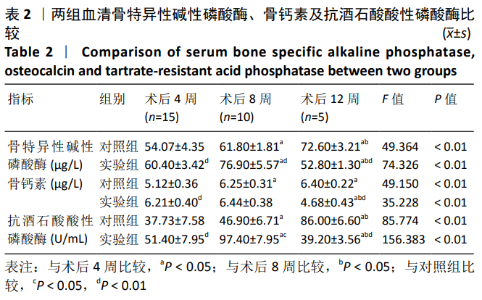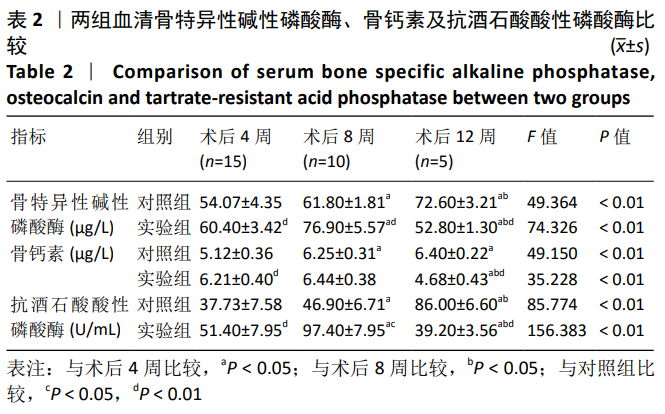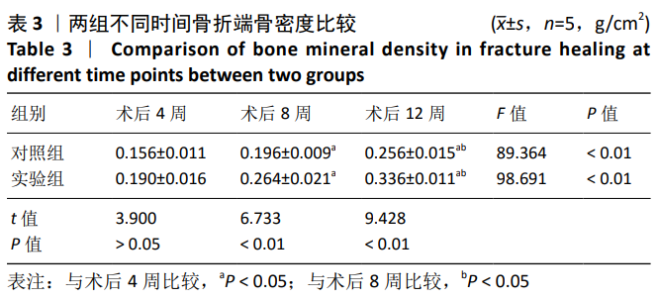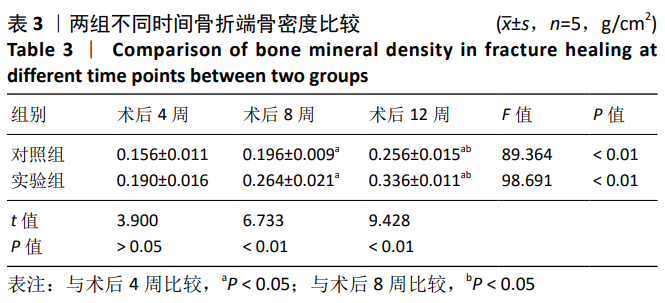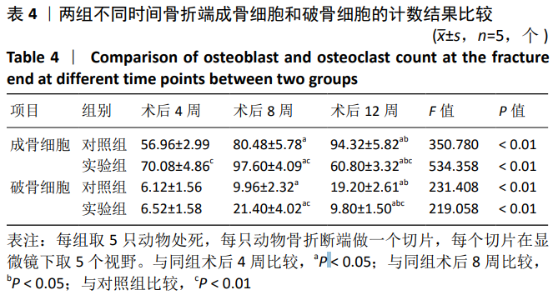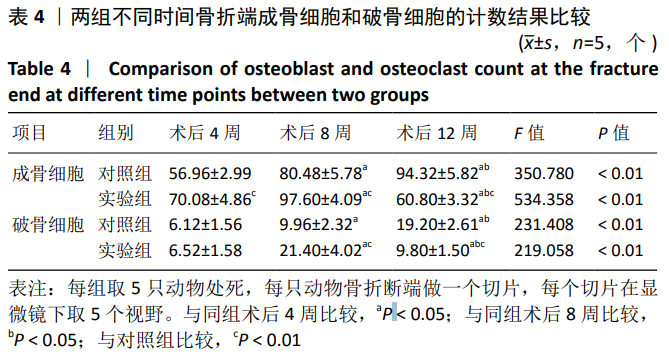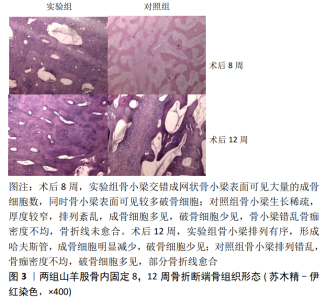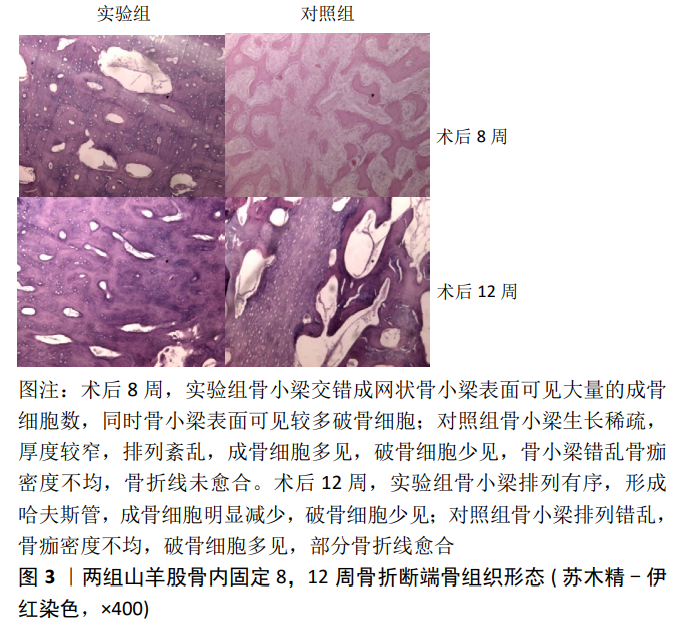[1] WANG Y, LIU HX, WANG YH, et al. Establishment of trauma treatment teams within a regional severe trauma treatment system in China: study protocol for a national cluster-randomised trial. BMJ Open. 2018;8(12):1-9.
[2] 徐昭宁,陈方毅,李德芳,等.单纯髓内钉与髓内钉附加钢板固定股骨粗隆下粉碎性骨折的对比[J]. 中国矫形外科杂志,2020,28(2):139-143.
[3] GUSTAFSON A, SCHILCHER J, GRASSI L, et al. Strains caused by daily loading might be responsible for delayed healing of an incomplete atypical femoral fracture. Bone. 2016;88:125-130.
[4] 刘建恒,张里程,唐佩福.骨折延迟愈合和不愈合的诊治现状[J].中华外科杂志,2015,53(6):46-467.
[5] EINHORN TA, GERSTENFELD LC. Fracture healing: mechanisms and interventions. Nat Rev Rheumatol. 2015;11(1):45-54.
[6] 李家勇,王铭,彭称飞,等.P75NTR在兔骨折不愈合局部组织中的表达及意义[J].中国骨质疏松杂志,2017,23(4):437-440.
[7] EL-ROSASY MA, EL-SALLAKH SA. Distal tibial hypertrophic nonunion with deformity: treatment by fixator-assisted acute deformity correction and LCP fixation. Strategies Trauma Limb Reconstr. 2013;8(1):31-35.
[8] 姜世涛,王忍,顾卫东.桥接单棒系统内固定治疗锁骨中段骨折的疗效分析[J].中国骨与关节损伤杂志,2017,32(9):971-972.
[9] 熊鹰,李群辉,柳百炼,等. 桥接组合式内固定系统与锁定接骨板钉系统在股骨骨折应用中的有限元分析[J]. 中国组织工程研究, 2012, 16(30):5516-551.
[10] 严斌,何沛恒,罗震,等.骨保护素与 RANKL在骨折愈合期的表达及其意义[J].实用医学杂志,2016, 32(9):1464-1467.
[11] 黄东博. 有限接触动力加压钢板与锁定加压钢板植入治疗四肢创伤骨折骨不连的效果及安全性比较[J]. 中国当代医药, 2019(19):146-148.
[12] 贺坚,尹立.附加锁定钢板联合自体髂骨植骨治疗股骨干骨折髓内钉术后骨折不愈合临床研究[J].临床医药文献电子杂志,2019,6(44):1-2.
[13] 黄雷,杨胜松,滕星,等.外固定架临时加压交锁髓内针再次锁定治疗交锁髓内针动力化后股骨干骨折不愈合[J].中华骨科杂志,2019,39(1):17-22.
[14] 刘月驹,杨宗酉,张奇,等.一项新型应力分散微创接骨板[J].河北医科大学学报,2013,34(8):950-950.
[15] 李强,黄洪,赵建宁,等.新型接骨板内固定桡骨远端骨折的临床解剖学研究[J]. 中国骨与关节损伤杂志, 2016, 31(9):947-951.
[16] 刘其兴, 李绍波, 赵剑波,等. 桥接组合式内固定系统治疗锁骨中段骨折[J]. 创伤外科杂志, 2018, 20(12):26-28.
[17] 郝宝辉, 李英超, 乔伟松, 等. 应力刺激促进骨质疏松性骨折愈合研究进展[J]. 中国老年学杂志, 2018,38(6):1519-1521.
[18] 杨卫强,蒋振刚,黄昌林.激素性股骨头坏死模型兔骨组织病理及功能变化[J]. 中国组织工程研究与临床康复,2011,15(50):9319-9322.
[19] 盛晓赟,郭来威,闫亮,等.ERK5在小鼠骨质疏松性骨折愈合过程中作用的实验研究[J].中国骨质疏松杂志,2018,24(7):856-864.
[20] OLIVEIRA FA, MATOS AA, MATSUDA SS, et al. Low level laser therapy modulates viability,alkaline phosphatase and matrix metalloproteinase-2 activities of osteoblasts. J Photochem Photobiol B. 2017;169(01):35-40.
[21] 訾慧, 范颖, 蒋宁, 等. 淫羊藿次苷Ⅰ及淫羊藿次苷Ⅱ通过BMP/Runx2/Osx信号通路促进大鼠骨髓间充质干细胞成骨分化的实验研究[J]. 中国骨质疏松杂志, 2019, 25(5):690-695.
[22] 赵书英,张万强,耿进朝,等.实验性胫骨骨折愈合过程中的X线表现与骨密度、骨灰重及钙磷元素、病理学变化的相关性分析[J].中国临床医学影像杂志,2015,26(10):1008-1062.
[23] MENON RR, SUBRAMANIAN V. Functional outcome of distal femoral fractures treated by, minimally invasive surgery using locking condylar plate. J Orthop. 2014;15(1):117-120.
[24] 杨卫强,丁童,冯立平,等.组合式可变应力接骨板固定对实验性山羊股骨骨折愈合影响的研究[J]. 天津医药,2019,47(8):815-819. |
